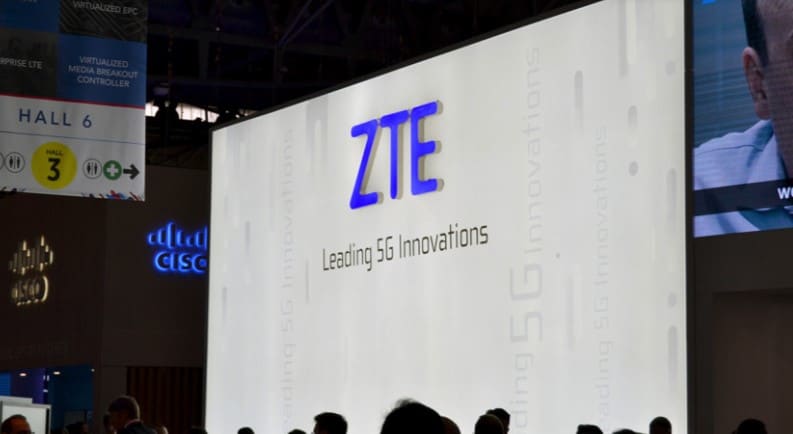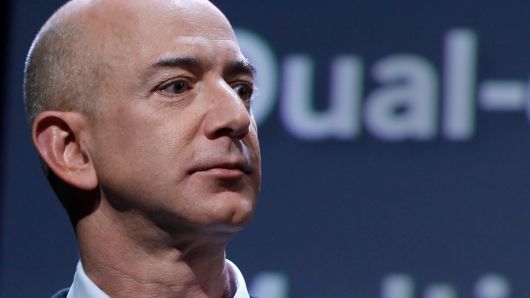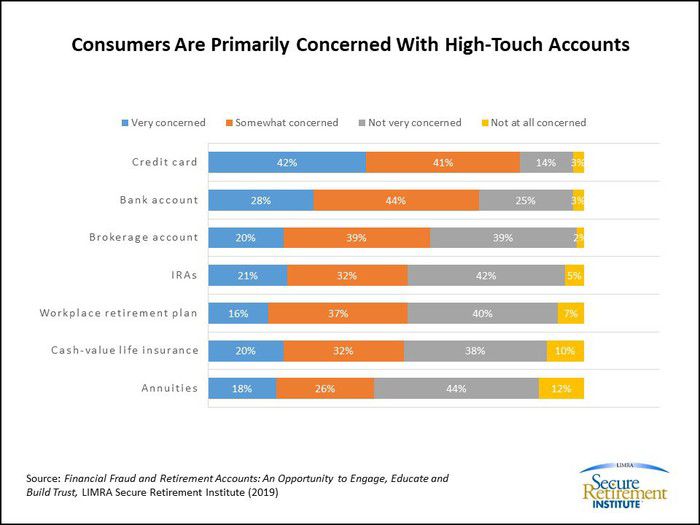
The United States government has rescinded the devastating sanctions it handed down to Chinese telecom ZTE just weeks ago, reversing its outright technology export ban.
It’s a stunning turnaround, though it had been signalled for some weeks. ZTE isn’t exactly suddenly restored to full and lasting health, but the funeral service has been canceled.
“At about 6 a.m. this morning, we executed a definitive agreement with ZTE. And that brings to a conclusion this phase of the development with them,” Commerce Secretary Wilbur Ross told CNBC as news of the reversal followed earlier leaks.
The new ZTE fines and restrictions
The terms of the in-principle deal were later released on the U.S. Commerce Department site, specifying a $1 billion fine to be paid, with an additional $400 million in suspended penalty money to be held in escrow, before the ban is lifted. The company’s top management and board will be replaced, and ZTE is to retain a team of special compliance coordinators within the company’s operations, reporting to the U.S. Commerce Department’s Bureau of Industry and Security.
ZTE remain banned until they pay $1.4 billion in total fines, including suspended sums
Make no mistake, the U.S. technology ban crippled ZTE to the point of death. At the same time, it massively energized China to hunker down and focus on developing its own technology to reduce a reliance on the U.S.
Now ZTE lives to ride again, and China still says it must be able to go it alone.
Incredibly, the U.S. Department of Commerce is framing this as “striking a deal” with ZTE. Others suggest this is simply a case of Trump’s political demands necessitating a reversal. Bowing to pressure from China is one of the more dangerous precedents we’ve seen — but things may flip again if ZTE continues to be used as a pawn in Trump’s economic saber rattling.
Just in case you think democracy isn’t broken, Reuters reported Congress can’t do anything about the relaxing of sanctions. It’s not that Congress didn’t see it coming, either. The deal was done before U.S. Sen. Chris Van Hollen’s (D-MD) amendment to the National Defense Authorization Act (NDAA) was able to pass the Senate, said to have contained key limitations on the White House’s ability to work out this kind of deal.
There’s absolutely no coincidence in the timing here. Van Hollen was too late. There’s some scattered talk of a continuing bi-partisan effort but it appears to need significant Republican support, which would require butting heads with Trump directly. That’s not something we’ve seen from the conservative side of politics.
Remember, ZTE is a repeat violator of U.S. sanctions against Iran and North Korea and was identified as a national security threat by the Pentagon.
Here’s where this will go.
ZTE – Momentum crushed, reputation damaged, but still alive
ZTE had built considerable momentum in the U.S. and across the globe before the sanctions were officially announced. The company sold more than 45 million smartphones in 2017, had deals locked away with the big four carriers, and had risen to the fourth-largest manufacturer in the nation.
Will ZTE be welcomed back by carriers, retailers, and consumers? Will they be allowed back?
In the 50 or so days after the seven-year ban’s announcement, ZTE announced it had ended “major operating activities”, shed U.S. staff, and received approval to use Taiwanese firm MediaTek’s chipsets to replace Qualcomm. It had also hired Donald Trump’s former election campaign staffer to lobby on its behalf — possibly the company’s smartest move.
It’s difficult to say what will happen next. Will ZTE be welcomed with open arms by the market and start working with U.S. carriers again, or will it stumble like Huawei? Will consumers be more aware of what’s happened with ZTE and avoid its phones? Will its value proposition continue to be almost unavoidable, with the on-again off-again sanctions not a blip on the radar? Will we ever again see ZTE’s first Android Go-powered phone, the ZTE Tempo? Will ZTE be the first to bring a 5G phone to market before 2018, as originally planned? For now, we don’t know.
At least ZTE owners who already invested in the company’s devices can expect support and updates for their device, which had looked dicey in the weeks since the ban.
Will ZTE continue with U.S. technology?
In the short term, yes, but who knows how long that will last. ZTE will again use Google Mobile Services and Android, and will likely get back in bed with Qualcomm, Dolby, Microsoft, and all its former partners. Those companies’ shares, including Qualcomm, rose strongly in market trade after the announcement. Qualcomm’s CEO expressed hope that China’s regulator would now approve the drawn-out NXP acquisition, which also helped trade.
The realistic point of view would suggest China’s pressure for all technology companies to become self-sufficient will create creeping avoidance of U.S. tech. MediaTek might win out for a time if ZTE doesn’t go back to Qualcomm, given the lack of Chinese-manufactured smartphone processors and SoCs. If Huawei can make its own competitive Kirin chipsets, ZTE may be empowered to do so as well.
For whatever reason, Trump seems to now be trying to stay on the good side of China. China is unlikely to do anything other than remember the sanctions against ZTE as a burning force to get it all done in house. Huawei already apparently has a secret Android alternative just in case. Few would believe it is the only Chinese company scrambling to establish contingency plans.
Next-gen: 5G, AI, and deeper concerns
So what will China do? We know already next-generation tech is firmly in the sights of companies like Huawei and ZTE, both leaders in 5G technology. The companies both hold many significant patents and are competitively pricing their network infrastructure, in some cases offering service for as much as 70 percent less than offerings from 5G services from Nokia and Ericsson (which are struggling to stay afloat as it is).
China is also racing to grow its AI capabilities. It’s being called an AI-arms race, and significant warnings are being raised across the Western world as to exactly how dire a technical advantage for China may be. Chinese companies have access to more datasets — including on its own population — to hone its AI. Apple and Google don’t have access to a law enforcement database of 1.5 billion people or the world’s largest portrait system, which Chinese authorities retain and supply to AI companies to sharpen facial recognition.
The former president of the European Commission cautioned just this week that the world could fall behind China when it comes to developing artificial intelligence. The late Stephen Hawking and the very current Elon Musk warned of the same. These are not outliers. Some warn of an apocalypse, others bring up economic or military concerns (which may well lead to an apocalypse, if you will).
Russian president Vladimir Putin shared his thoughts as well, stating the winner of this race will become “the ruler of the world.” It’s a very serious and powerful warning, that apparently hasn’t been heeded at the very top.
China is emboldened by the ZTE reversal. It’s pushing to create its own technology, with a national mission to not just avoid U.S. tech, but beat it.























